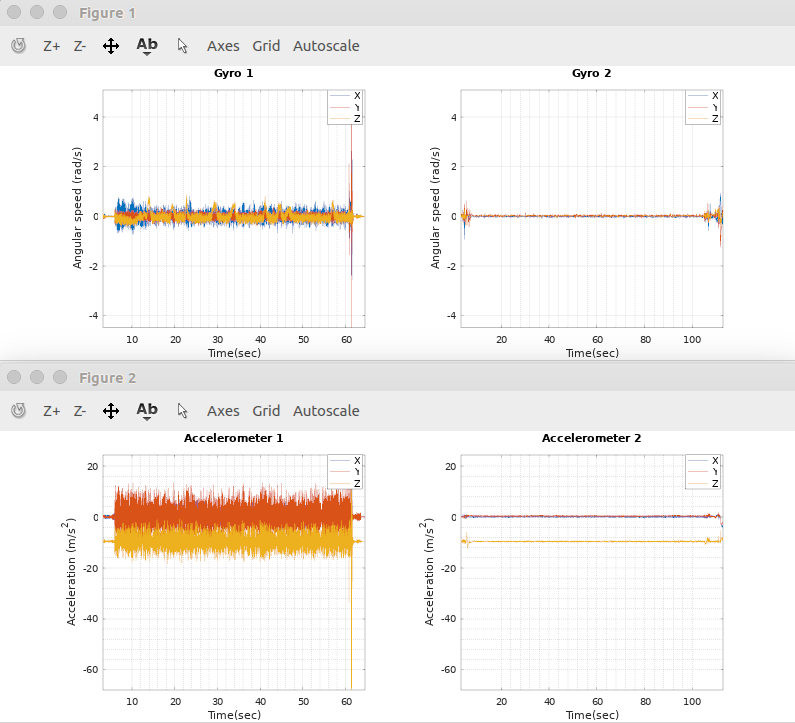Importance of Flight Log Analysis for UAV Performance Optimization
Unmanned Aerial Vehicles (UAVs) play a significant role in industries such as agriculture, logistics, and defense. To ensure their efficiency, safety, and longevity, analyzing flight logs is essential. Flight logs provide valuable insights into a UAV’s operational performance, helping operators detect anomalies, enhance stability, and improve mission planning. By leveraging flight data, UAV operators can make informed decisions that enhance reliability and overall efficiency.
Understanding
Flight Logs
Flight
logs are digital records that store critical flight data such as altitude,
speed, GPS coordinates, battery levels, motor status, temperature variations,
and system errors. These logs act as a UAV’s black box, capturing crucial
operational details that help operators and engineers analyze past performance
and anticipate potential failures. By carefully examining flight logs,
operators can identify irregularities, optimize flight routes, reduce energy
consumption, and prevent mechanical failures.
Why
Are Flight Logs Important?
1.
Performance Monitoring and Optimization
Flight
logs allow UAV operators to track key performance metrics in real time and over
multiple flights. By analyzing this data, they can optimize route planning,
adjust altitude settings, and fine-tune flight paths to achieve maximum
efficiency. This is particularly useful in industries like precision
agriculture, where UAVs must follow specific routes to monitor crops
accurately.
2.
Early Fault Detection and Predictive Maintenance
Analyzing
flight logs helps identify potential system malfunctions before they cause
serious failures. Parameters such as fluctuating battery voltage, overheating
motors, or erratic GPS signals can indicate underlying issues. By addressing
these warning signs early, operators can reduce downtime and maintenance costs,
ensuring UAVs remain operational for longer periods.
3.
Ensuring Compliance and Safety
Regulatory
authorities, such as the Federal Aviation Administration (FAA) and the
Directorate General of Civil Aviation (DGCA), mandate strict guidelines for UAV
operations. Flight logs serve as crucial documentation to demonstrate
compliance with aviation standards and safety protocols. In the event of an
accident or malfunction, flight logs provide an objective account of events,
aiding in investigations and corrective actions.
4.
Enhancing Stability and Control
Flight
logs store telemetry data that helps engineers and operators refine UAV control
systems. By analyzing flight patterns, sensor feedback, and control inputs,
developers can fine-tune software algorithms to improve flight stability and
response accuracy. This is especially critical in challenging environments
where UAVs may face strong winds or varying altitudes.
5.
Improving Mission Planning
Flight
logs provide valuable insights for refining future mission planning. Operators
can use historical data to determine optimal flight paths, payload capacities,
and environmental conditions for successful UAV deployment. In applications
such as aerial mapping and surveillance, past flight logs help ensure accurate
and efficient data collection.
6.
Cost Reduction and Extended UAV Lifespan
Effective
flight log analysis minimizes unnecessary wear and tear on UAV components,
reducing long-term maintenance expenses. By monitoring critical performance
metrics, operators can implement preventive maintenance strategies that extend
the UAV’s operational lifespan. This ensures a higher return on investment
(ROI) for businesses and organizations that rely on UAV technology.
Conclusion
Regular
flight log analysis is crucial for optimizing UAV performance, ensuring safety,
and minimizing operational risks. By leveraging flight data, operators can
enhance efficiency, reduce maintenance costs, and extend the lifespan of UAVs.
As drone technology continues to evolve, data-driven insights from flight logs
will play an increasingly important role in advancing UAV operations.
Organizations and UAV operators must prioritize flight log analysis to maintain
efficiency, compliance, and safety in their operations.
.png)






Leave a Comment
Your email address will not be published. Required fields are marked *